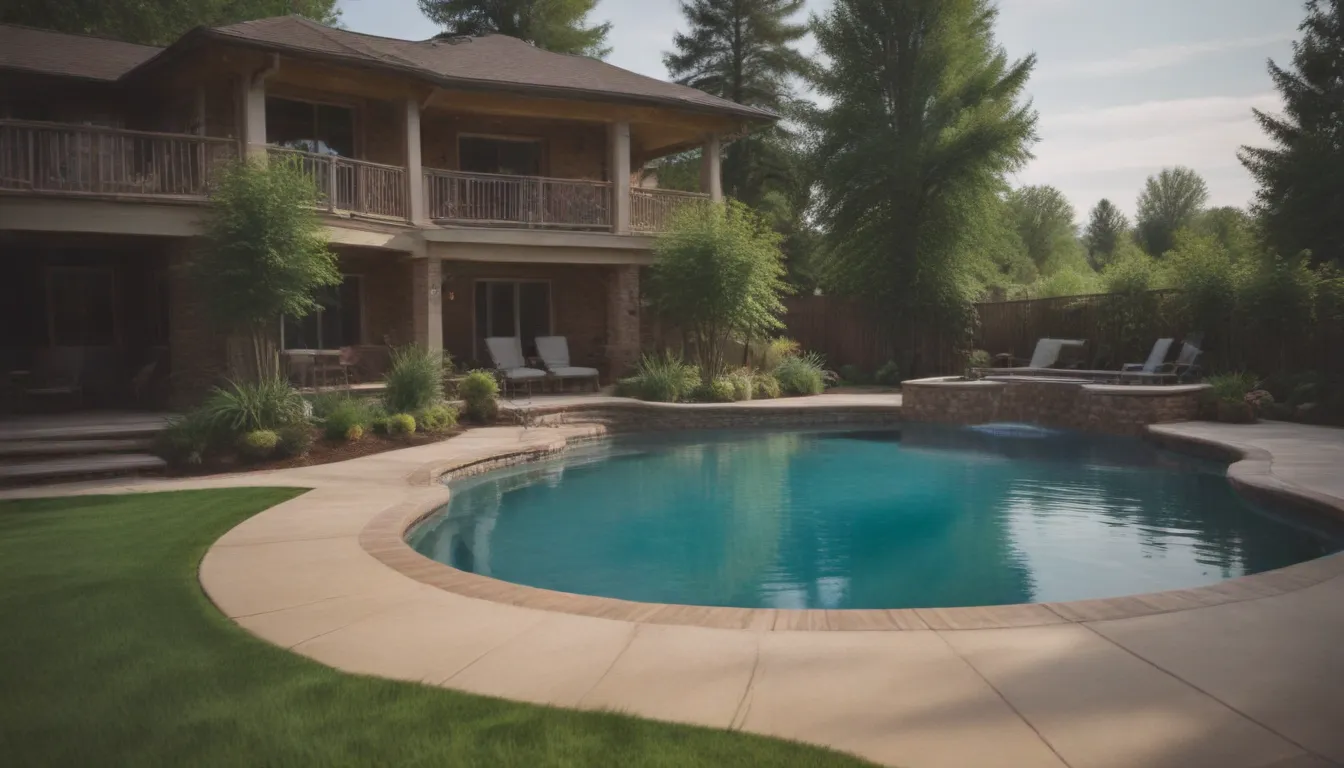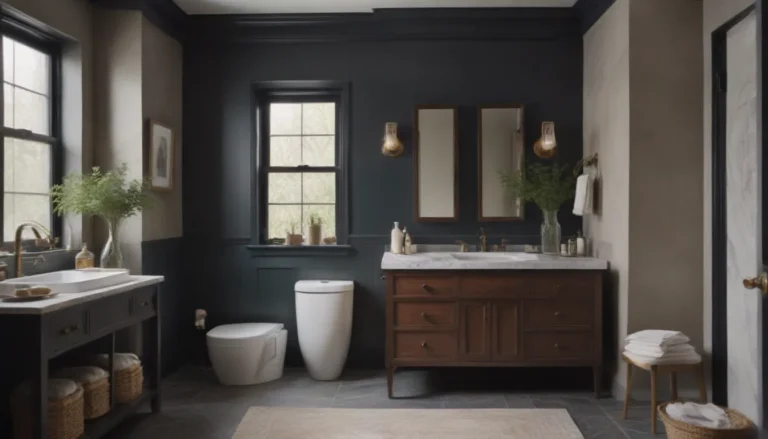Understanding the Anatomy of Your Swimming Pool: A Comprehensive Guide

Have you ever stopped to consider all the intricate parts that make up your swimming pool? If you take care of your pool yourself, even occasionally, it’s essential to have a good understanding of its inner workings. Knowing the key components of your swimming pool equipment can help you navigate conversations with pool repair professionals and ensure that your pool remains in top condition. In this guide, we’ll delve into the various parts of a swimming pool, shedding light on their functions and importance.
The Basics: What Every Pool Owner Should Know
Before we dive into the specific parts of a swimming pool, let’s cover some essential terms and concepts that every pool owner should be familiar with:
-
Backwashing: If you’ve ever heard the term “backwashing” and wondered what it meant, you’re not alone. Backwashing refers to the process of reversing the flow of water to flush out contaminants from the pool filter. It’s a crucial step in maintaining clean and clear water in your pool.
-
Coping: Coping acts as a protective barrier for the pool’s edge, preventing water from seeping behind the pool shell. It comes in various materials such as concrete, tile, stone, and pavers, adding both functionality and aesthetic appeal to your pool.
-
DE Filter: Diatomaceous earth (DE) is a key component of DE pool filters, which play a vital role in keeping pool water clean and free of debris. Many pool owners prefer DE filters for their efficiency and effectiveness in maintaining water quality.
-
Gas Heater: While solar heaters have gained popularity in recent years, gas heaters remain a reliable option for quickly heating residential pools. Gas heaters are known for their ability to regulate pool temperature regardless of outdoor conditions, making them a popular choice among pool owners.
Exploring the Components of a Swimming Pool
Now that we’ve covered the basics, let’s take a closer look at some of the essential parts that make up a swimming pool and how they contribute to its overall functionality:
Main Drain
In most residential pools, you’ll find two main drains located at the bottom of the pool’s deepest part. These drains help to remove dirt and debris that settle at the bottom of the pool, ensuring proper circulation and cleanliness. Main drains are equipped with covers or grates to prevent any objects or individuals from becoming trapped in them.
Pumps and Motors
The heart of your pool’s circulation system, pumps and motors work together to draw water from the pool or spa and return it back, ensuring proper water circulation. Understanding how pumps and motors function is essential for maintaining optimal water quality and clarity in your pool.
Sand Filter
While there are various types of filters available for swimming pools, sand filters remain a popular and cost-effective choice. These filters work by pushing pool water through a bed of sand, capturing dirt and debris particles along the way. Regular maintenance, including sand replacement every five years, is crucial to ensure the filter operates efficiently.
Skimmer
Skimmers play a vital role in collecting debris from the surface of the pool water. Typically located on the pool’s wall, skimmers help to remove hair, bugs, leaves, and other floating debris, keeping the pool clean and inviting. Understanding how skimmers function can help you maintain a pristine pool environment.
Weir
Often found in conjunction with skimmers, weirs are essential for maintaining proper water flow and cleanliness in the pool. Weirs act as a barrier that directs water flow and helps to trap debris, ensuring that the pool’s surface remains clear and free of contaminants.
The Importance of Understanding Your Pool’s Components
Having a good grasp of the various parts that make up your swimming pool not only enhances your pool maintenance knowledge but also empowers you to make informed decisions about repairs and upgrades. By familiarizing yourself with the inner workings of your pool, you can troubleshoot issues, communicate effectively with pool professionals, and ensure that your pool remains a source of enjoyment for years to come.
In conclusion, knowing the parts of a swimming pool and their functions is essential for every pool owner. By understanding how key components such as pumps, filters, and drains work together to maintain water quality, you can take better care of your pool and enjoy a clean and refreshing swimming experience. So the next time you take a dip in your pool, remember to appreciate all the components working behind the scenes to keep your pool in top shape.





